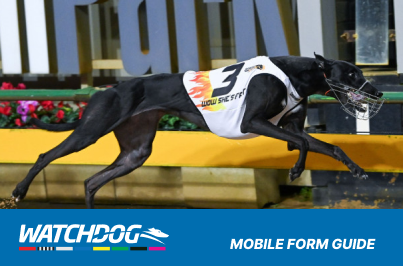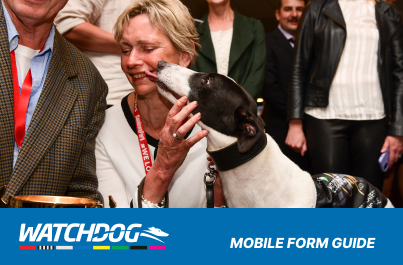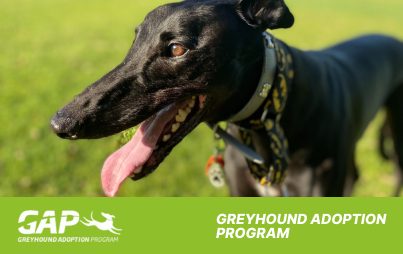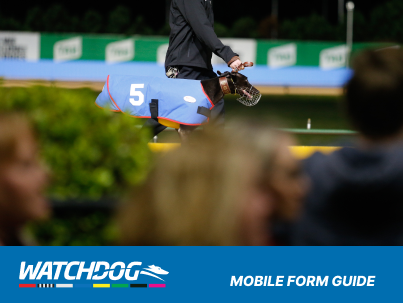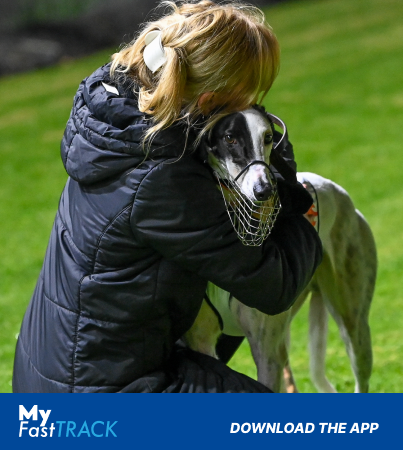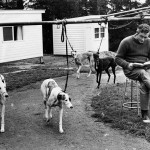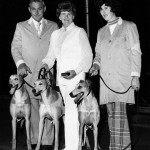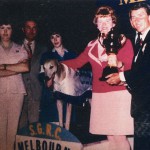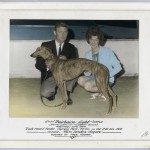Years involved in industry: 40
Category: Trainer / Breeder
NOTABLE ACHIEVEMENTS:
- Winning Breeder and Trainer 1966, 1975 Group 1 Melbourne Cup
- Breeder and Trainer of Runner-up 1966, 1967 Group 1 Australian Cup
- Winning Breeder and Trainer of 1965 Group 1 Hobart 1000
- Breeder of 1972 NSW GOTY and 1975 Victorian GOTY
- Sandown GRC Director 30 years
Paul Hogan is regarded as one of the greatest greyhound breeders of all-time. The Hogan breed – Dinah Jet, Fairbairn Lady, Fairbairn Queen, Cheltenham Lass and Delbairn Babe – was one of the sport’s strongest dam lines in the 1960s and 1970s. He was also Victoria’s first public trainer, operating Cheltenham Park for leviathan bookmaker Lal Scurrah.
Hogan’s daughter, Sandra Reed of Drouin, recalls her father’s introduction to greyhound racing. “I was only eight years old at the time and we were living in Bentleigh. Dad was a truck driver for Tarax, and he was also housing some greyhounds with his parents (Bill and Kyra) at nearby McKinnon. “Dad came from a racing family. His father (Bill), a jockey, and his mother (Kyra) were big-time gamblers in those days. “Their life revolved around all three codes – that was their entertainment.”
Hogan was 16 when he purchased his first greyhound. “At the end of the war he was working as a baker. He was delivering bread and milk from a horse and cart, and was caddying at Huntingdale Golf Club,” Sandra said. “His father had said there was “no future” in greyhounds. Fortunately he didn’t listen. The leading sire at the time was Groongal, so he bought the Sporting Globe and rode 18 miles to Mitcham to inspect some pups. He bought two – Brymac, who won five of its first 10 starts, and Nola Gro.” “He was offered a lot of money in the mid-1950s for Red Fred, but he refused and soon after it died of distemper. Mum (Hogan’s wife Nola) was livid with him as they were battling to make ends meet.”
Hogan’s big break was an introduction to Ken Burgess, and he obtained a half-share in Dinah Jet, who was to become a prolific producing brood matron. Burgess also commissioned Hogan to train her progeny. Her first litter comprised 10 pups and all were invitation class, including Fairbairn Queen (dam of Cheltenham Lass) and Take A Bow, who was to become a champion sire.
In 1962, leviathan bookmaker Lal Scurrah purchased Cheltenham Park from legendary trainer Stan Cleverley. “Lal wanted a private trainer and appointed dad. From there, things went from success to success,” Sandra said.
